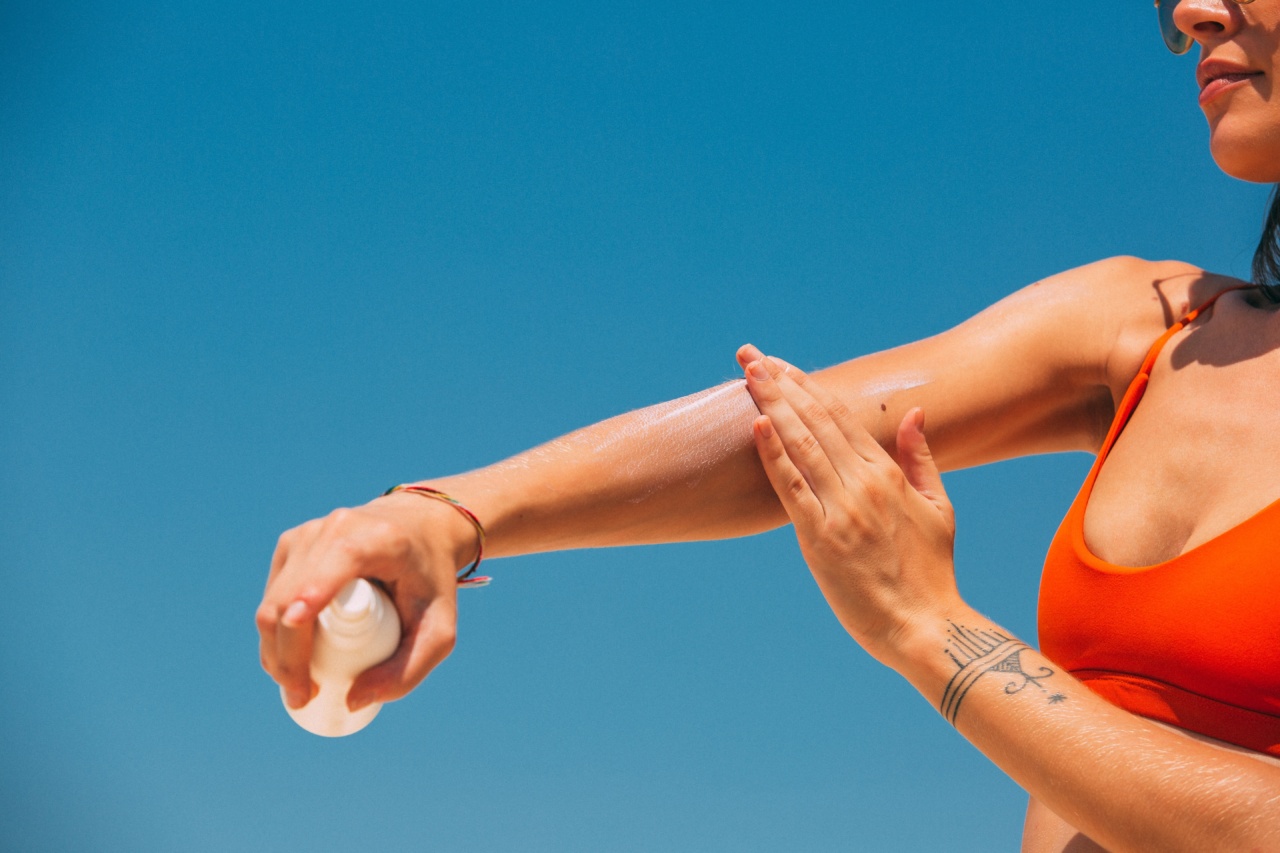Mammography is an essential tool for detecting breast cancer, and it has the power to save many lives. However, it’s essential to follow some guidelines before your mammogram to ensure the best possible outcome.
One of the key recommendations is to avoid the use of creams, lotions, powders, and deodorants on the day of the test, as these products can interfere with the results.
Why Should You Avoid Creams and Deodorants During Mammography?
The primary reason you should avoid creams and deodorants during mammography is that they can lead to false positive results. False positives are abnormal findings that turn out to be noncancerous in subsequent tests.
False positives can be extremely stressful, and they often require further tests and procedures to rule out cancer. It’s best to avoid anything that could increase your chances of getting a false positive.
One of the main ways that creams and deodorants can lead to false positives during mammography is by causing artifacts. Artifacts are shadows, lines, or other anomalies that appear on the mammogram but aren’t actually indicative of cancer.
Some creams and deodorants contain particles that can show up as artifacts on the mammogram, making it difficult for the radiologist to interpret the results accurately. Even if you’ve never had problems with false positives before, using creams or deodorants on the day of your mammogram can increase your chances of getting a false positive result.
Another reason to avoid creams and deodorants on the day of your mammogram is that they can interfere with the quality of the images. Mammography works by using low-dose X-rays to take pictures of the breasts.
The images need to be as clear as possible to detect early signs of cancer, so anything that interferes with the quality of the images can make it harder to detect abnormalities. Creams, lotions, powders, and deodorants can all create a film on the skin that can obscure parts of the breast tissue, making it harder to see tumors or other abnormalities.
What Should You Do Instead?
If you’re getting a mammogram, it’s best to avoid using any of these products on the day of the test.
Instead, wear loose clothing that’s easy to remove, so you don’t have to worry about taking off a tight shirt or bra that might have residue from lotion or deodorant. If you want to use a moisturizer, do it the night before your mammogram, and avoid using any scented creams or lotions.
If you’re worried about body odor, shower or bathe the morning of your mammogram, and avoid using deodorants or antiperspirants. You can also wear a clean shirt or blouse that’s free of any odors.
It’s important to note that breast cancer doesn’t have a smell, so using deodorants won’t make it easier to detect. In fact, it can make it harder because of the artifacts and interference that these products can cause.
Finally, it’s essential to follow all of your doctor’s instructions before your mammogram. They might have additional recommendations or guidance based on your personal medical history and risk factors.
Conclusion
Mammography is an important tool for detecting breast cancer early, but it’s essential to follow the guidelines to ensure the best possible outcome.
Avoiding creams, lotions, powders, and deodorants on the day of the test is an important step to avoiding false positives and ensuring the quality of the images. By following these guidelines and working closely with your doctor, you can increase your chances of catching breast cancer in its earliest and most treatable stages.






















